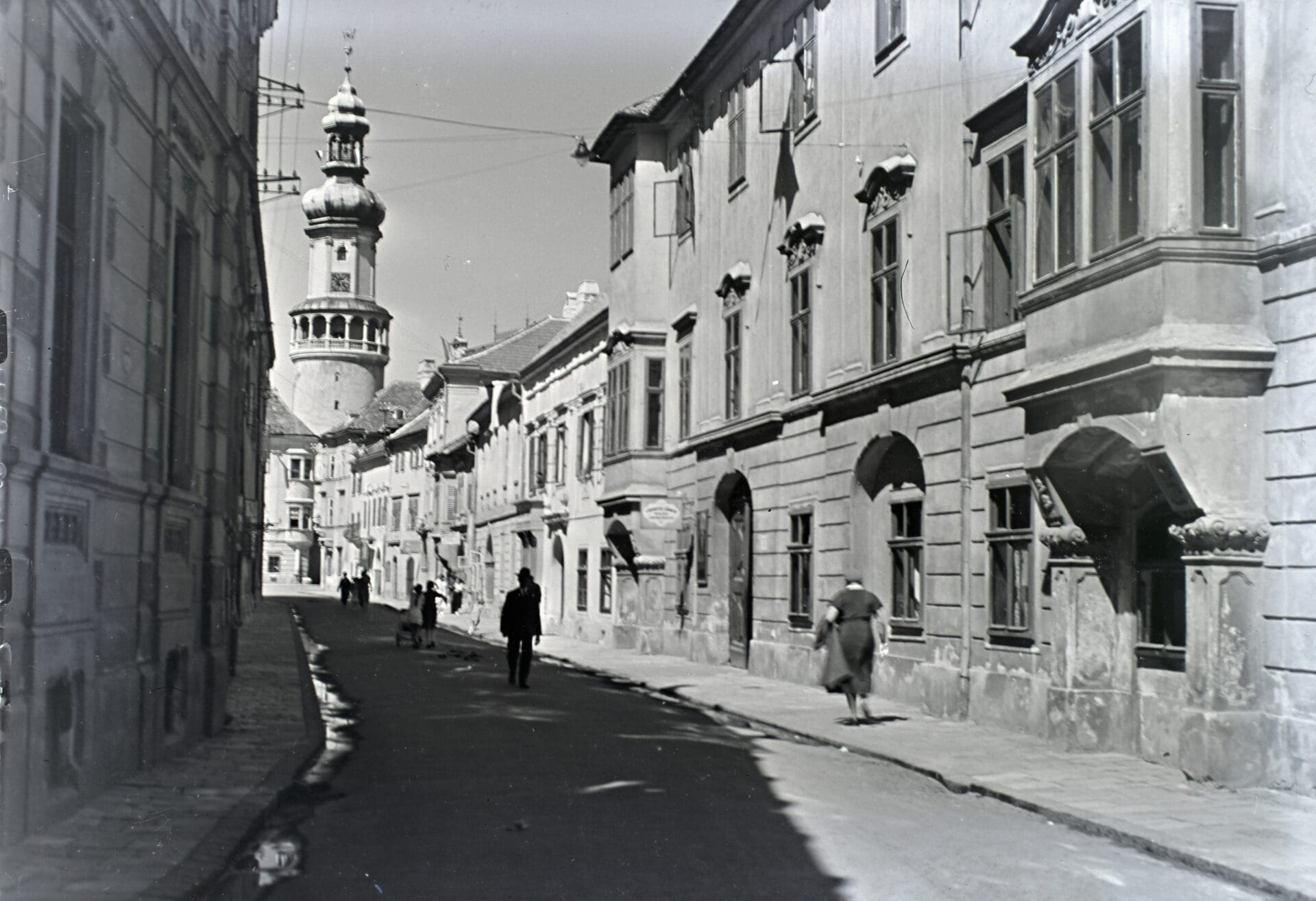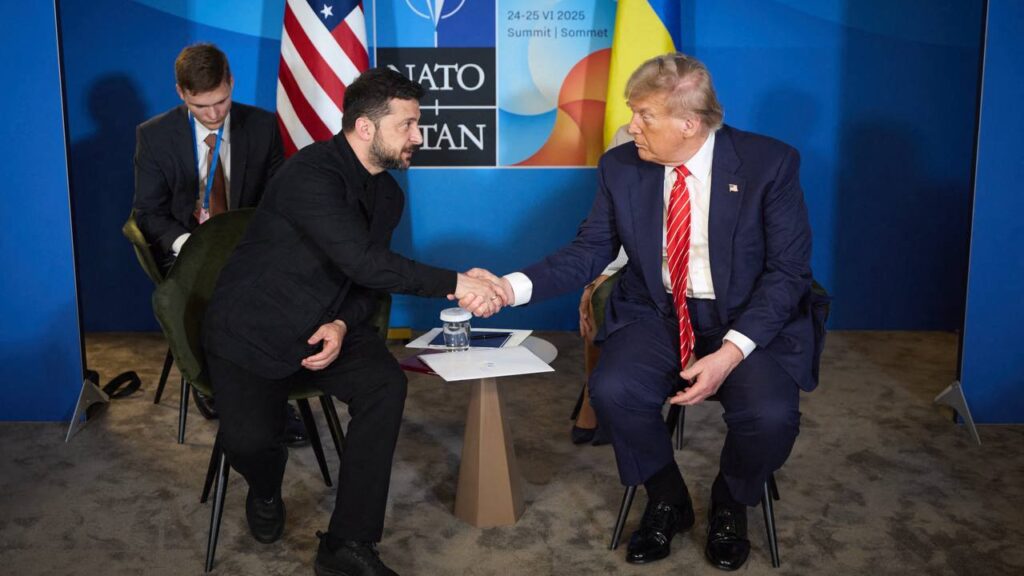A hundred years ago, the second uprising in Western Hungary, aiming to regain additional areas of disannexed Burgenland (Őrvidék in Hungarian) for Hungary, broke out, only to fail immediately. The area called Őrvidék or Western Hungary used to comprise some areas of the counties of Moson, Sopron and Vas, stretching over some 4,300 square kilometres, and home to 340,000 inhabitants, almost half of whom were German-speaking. The Austrians announced their claim to the territory on 18 November 1918 and it was awarded to Austria in the Saint-Germain Peace Treaty of 10 September 1919, with the decision confirmed in the Trianon Peace Treaty on 4 June 1920.
A telltale sign that Austria just accepted the territory as a consolation prize is the fact that the Austrians initially did not even know what to call the region
Although Austria was one of the defeated powers in the First World War, some historians have suggested that the Entente may have wanted to compensate Austria for the loss of South Tyrol by awarding Western Hungary to it. The fact that Austria, which also lost the war, was being compensated at the expense of Hungary, made the situation even more unacceptable for Hungarians. Finance Minister Lóránt Hegedűs once compared the situation to ‘two dying people lying on the ground and one stealing the gold watch from the other’s pocket’. A telltale sign that Austria just accepted the territory as a consolation prize is the fact that the Austrians initially did not even know what to call the region. In 1919, a Hungarian newspaper could still insist that Hungarians ‘do not know…will never know…a place called “Burgenland” (…) only (…) Western Hungary’.[1]
The German name Burgenland would originally have been Vierburgenland. It was first mentioned in 1919, but as essentially no territory from Pozsony county was ultimately transferred to Austria, the reference to the four counties was quickly dropped from the name. Of course, the name was still controversial in the sense that in previous centuries Hungarians had built the eponymous castles of the area against German incursions, not the other way around. However, as the insurgents admitted, the Hungarian term Őrvidék (literally ‘Land of the Watch’ or ‘Watchers’) was similarly a fantasy name: before Trianon, the word ‘Őrvidék’ referred to today’s Serbia and Southern Hungary, in reference to the Turkish incursions. The semantic chaos was only further exacerbated by the fact that even in the spring of 1922, some persistent Hungarian insurgents in Western Hungary adopted the slogan ‘Burgenland belongs to the Burgenlanders’, although some added that they were ‘also serving the interests of Greater Hungary’.[2]
The first uprising in Western Hungary began on 28 August in 1921, and its main military events ended as soon as 5 September. However, a ‘second uprising’ organised by uncompromising insurgents unfolded in 1922. It had no more success than the first one: it saw meaningful action only in March 1922, and by July of the same year it ran out of steam. Those who took part in the battles in Western Hungary were called a variety of names: they were referred to as ‘insurgents’, ‘the Apache’, ‘guerrillas’, ‘gangs’, ‘bandits’ (not meant as a derogatory term!), ‘freedom fighters’ and ‘Héjjas boys’. While the history of the first uprising is relatively well-researched, the second uprising has received little attention, except for the works of historians József Botlik,[3] Márton Békés,[4] László Fogarassy[5] and Imre Tóth.[6] Primary sources describing the events are the diary of the Franciscan friar István Zadravecz[7]and the selected papers of the insurgent commander József Szabó, which Békés published in the 2007 edition of Vasi Szemle.[8]
‘The idea of the new uprising was born in the mind of György Hir, and the insurgents probably obtained financial support from sources similar to the previous ones, and this time a separate office has been set up for recruitment,’ writes historian Márton Békés.[9] The uprising was also supported by the Awakening Hungarians’ Association and the Etelközi Alliance, but it ‘had a much more political edge, which is also proven by the fact that the insurgents also contacted (pro-Habsburg) Austrian and German circles’. By the beginning of 1922, of the former insurgent leaders, Iván Héjjas, György Hir, József Szabó, Miklós Budaházy and Pál Prónay were the only ones still around, while Gyula Ostenburg-Moravek, who had previously played a major role, was left out due to his role in the second ‘king’s coup’. ‘According to the original plans, the uprising would have erupted in the middle of July 1922, but it was postponed until a few days later. The insurgents had arrived in the region half a year earlier, with some units starting to arm themselves as early as in January,’ writes Békés.[10]
Only the southern group took part in actual fighting, on an ad hoc basis rather than in a pre-planned way
The insurgents created a ‘northern group’ led by Iván Héjjas, with headquarters in Magyaróvár. The ‘middle group’ was led by the Budaházy-Szabó duo, who settled in the Kapuvár area. Finally, a southern, mainly legitimist-based group was also created, led by Prónay. Ultimately, only the southern group took part in actual fighting, on an ad hoc basis rather than in a pre-planned way. On 19 July 1922, pursued by Hungarian gendarmerie, they entered Austria and fought with Austrian law enforcement in Karácsfa, but they retreated to the Hungarian side of the border the same day, where the Hungarian royal gendarms promptly arrested them. Neither side suffered losses during these skirmishes. Over the next eight days, essentially all the insurgents were arrested by the Hungarian authorities, Békés noted.[11]
The ‘second uprising’ therefore was never a serious endeavour, in the absence of government support. In a more honest moment, one of the leaders, József Szabó also realized that they did not pose a real threat to Austria and that their business was ‘childish’. The last victim of the fighting in Western Hungary was the Austrian gendarmerie patrol leader Johann Jüttner, who was shot on 25 March 1922 by Hungarian insurgents in Mosonbánfalva (Apetlon in German).[12] However, revisionist dreams did not come to an end in the area just then. In 1923, insurgents in Sopron sought contact with the Austrian National Socialists in Burgenland, despite the fact that the latter were staunch Hungarian-haters. Among the plans of some radical, zealous insurgents was the strengthening of relations between the Bavarian National Socialists and the Hungarian nationalists, the removal of the moderate conservative government of István Bethlen and the introduction of a military dictatorship. However, as Fogarassy pointed out, the fraternising with the Bavarian National Socialists did not pay off. In 1940, Hugo Jury, the Imperial Governor of Gau Niederdonau, proposed that Sopron should be annexed to Nazi Germany along with an additional area of 1,250 square kilometres.
[1] László Bernát Veszprémy, 1921. A Horthy-rendszer megszilárdulásának története, Budapest, Jaffa, 2021, 120.
[2] Márton Békés, ’A fegyveres revízió útja Nyugat-Magyarországon. Szabó József százados, felkelőparancsnok válogatott iratai elé’, Vasi Szemle, 2007/4, 405–428.
[3] József Botlik, Az őrvidéki magyarság sorsa – 1922–1945, Vasszilvágy, Magyar Nyugat, 2011.
[4] Békés, ’A fegyveres revízió útja Nyugat-Magyarországon’.
[5] Among his many works, see László Fogarassy, ’Nyugat-magyarországi bandaharcok, 1921. augusztus 28.–november 4’, Vasi Szemle, 1961/1, 39–49.
[6] Imre Tóth, Két Anschluss között. Nyugat-Magyarország és Burgenland Wilsontól Hitlerig, Pécs, Kronosz, 2020.
[7] György Borsányi (ed.), Páter Zadravecz titkos naplója, Budapest, Kossuth, 1967.
[8] Békés, ’A fegyveres revízió útja Nyugat-Magyarországon’.
[9] Békés, ’A fegyveres revízió útja Nyugat-Magyarországon’.
[10] Békés, ’A fegyveres revízió útja Nyugat-Magyarországon’.
[11] Békés, ’A fegyveres revízió útja Nyugat-Magyarországon’.
[12] Veszprémy, ’1921’, 134.








